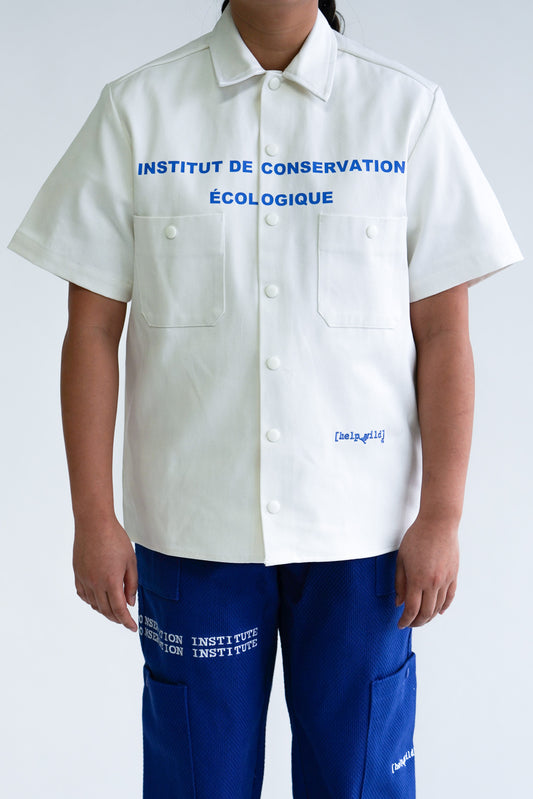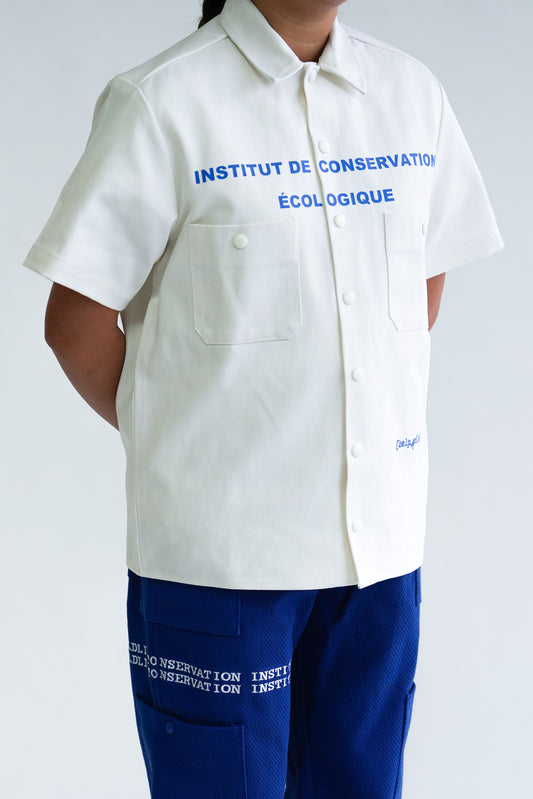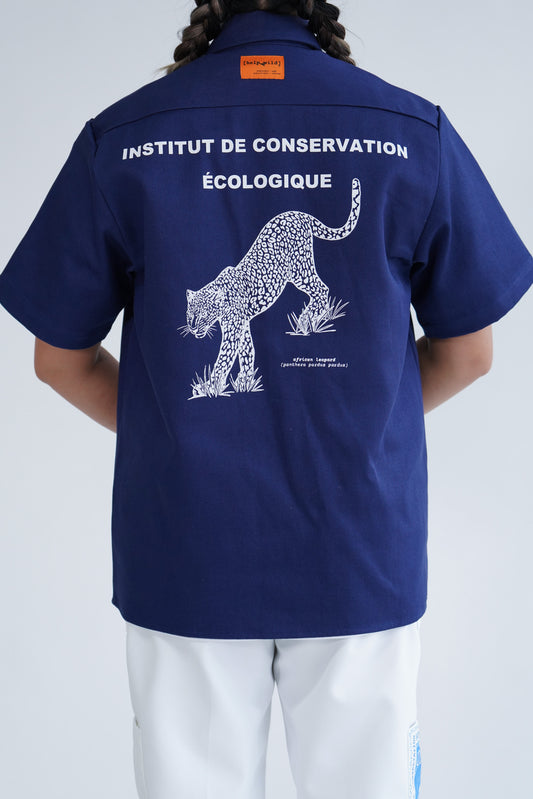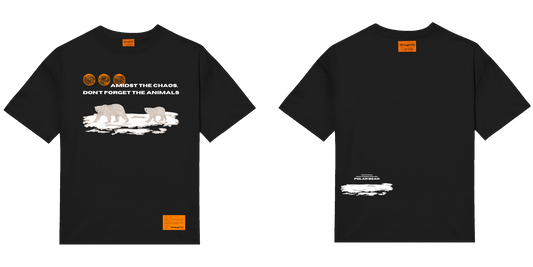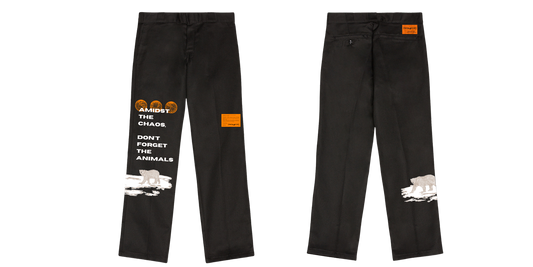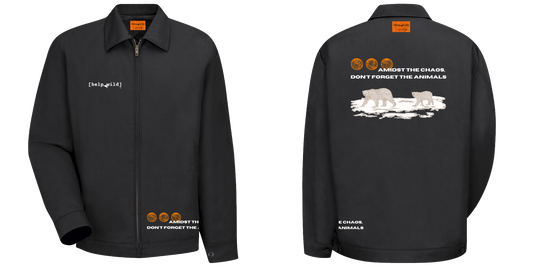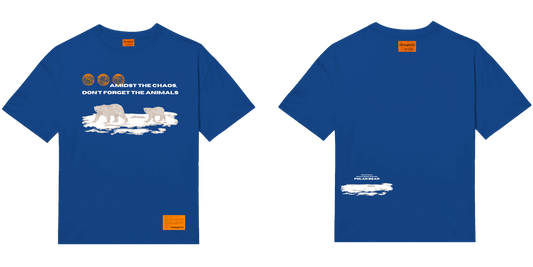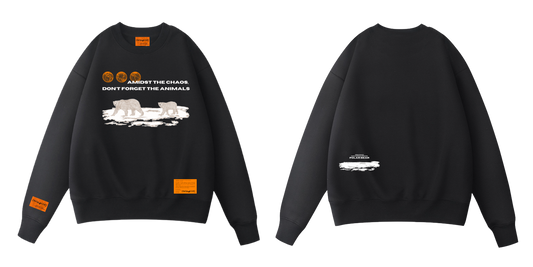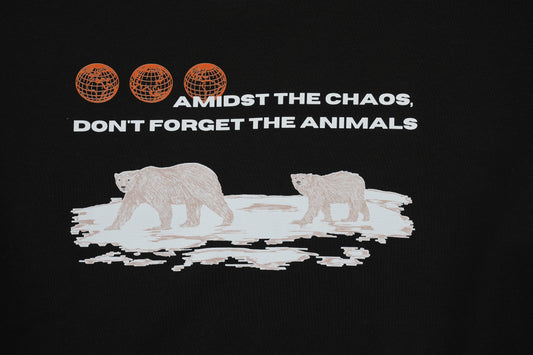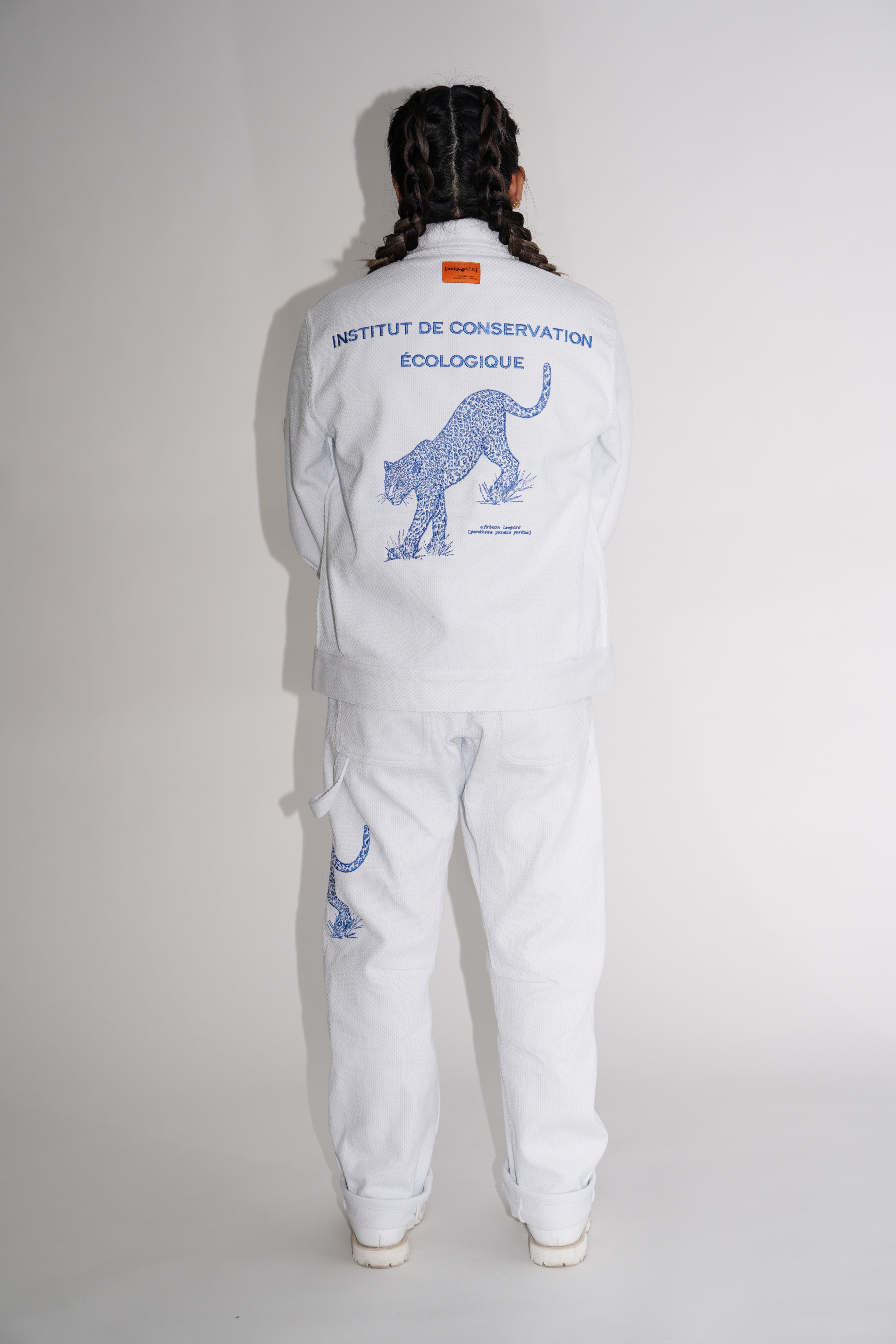
-
Short Sleeve Work Shirt - French Institute - White
Regular price $80.00 USDRegular priceUnit price / per -
Short Sleeve Work Shirt - Leopard Institute - Navy
Regular price $80.00 USDRegular priceUnit price / per -
Short Sleeve Adventure Shirt - Stamps
Regular price $80.00 USDRegular priceUnit price / per -
Twill Work Jacket - Polar Bear - Brown
Regular price $123.00 USDRegular priceUnit price / per -
Organic Cotton T-shirt - Polar Bear - Black
Regular price $40.00 USDRegular priceUnit price / per -
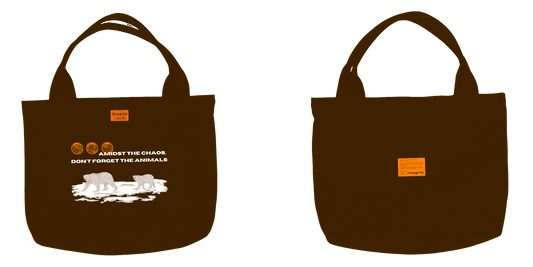 Sold out
Sold outXL Tote Bag - Polar Bear - Brown
Regular price $30.00 USDRegular priceUnit price / per -
Work Pants - Polar Bear - Black
Regular price $99.00 USDRegular priceUnit price / per -
Organic Cotton Crewneck Sweatshirt - Polar Bear - Cream
Regular price $77.00 USDRegular priceUnit price / per -
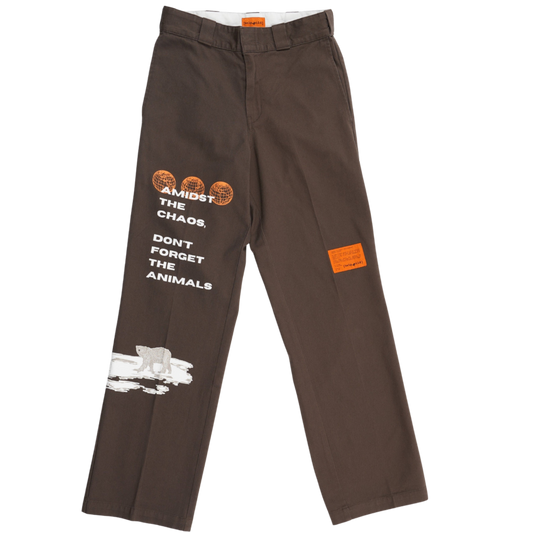
 Sold out
Sold outWork Pants - Polar Bear - Brown
Regular price $99.00 USDRegular priceUnit price / per -
Twill Work Jacket - Polar Bear - Black
Regular price $123.00 USDRegular priceUnit price / per -
Organic Cotton T-shirt - Polar Bear - Blue
Regular price $40.00 USDRegular priceUnit price / per -
Organic Cotton Crewneck Sweatshirt - Polar Bear - Blue
Regular price $77.00 USDRegular priceUnit price / per -
Twill Work Jacket - Polar Bear - Orange
Regular price $123.00 USDRegular priceUnit price / per -
Organic Cotton Crewneck Sweatshirt - Polar Bear - Black
Regular price $77.00 USDRegular priceUnit price / per -

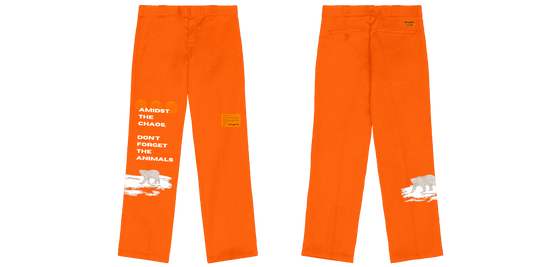 Sold out
Sold outWork Pants - Polar Bear - Orange
Regular price $99.00 USDRegular priceUnit price / per -
XL Tote Bag - Polar Bear - Black
Regular price $30.00 USDRegular priceUnit price / per
![[helpwild]](http://helpwild.com/cdn/shop/files/Untitled_design-19.png?v=1663169089&width=600)
